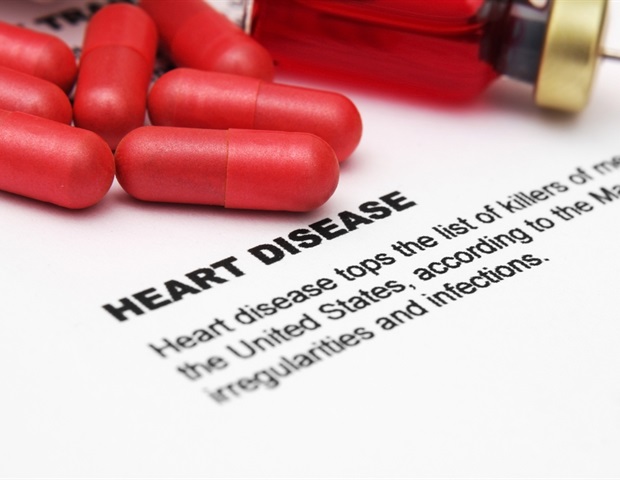Being near and having more exposure to urban green space and blue (water) space is linked to lower odds of having coronary artery calcification in middle age, which is an early marker of cardiovascular disease. The associations were more pronounced among Black individuals and those living in neighborhoods with lower socioeconomic status, with the strongest effects observed in Black individuals in economically deprived neighborhoods. Specifically, Black participants with the highest accessibility to a river had 32% lower odds of coronary artery calcification compared to those with the lowest accessibility.
Black participants with greater access to green spaces had up to 35% lower odds of calcification. For each 10%-point increase in green space, the odds of having coronary artery calcification decreased by 15% on average. The study was published today June 27 Circulation.

Coronary artery calcification (CAC) is when calcium builds up in the plaque found in the walls of the coronary arteries. It can be a sign of early coronary artery disease, which can cause a heart attack. The protective effect of having access to urban blue and green spaces with coronary artery calcification highlighted in our study underscore the potential benefits of such infrastructure, particularly for underserved populations at higher risk for cardiovascular disease.
Our findings provide quantitative evidence supporting environmental policies to enhance the accessibility and quality of residential blue an.























